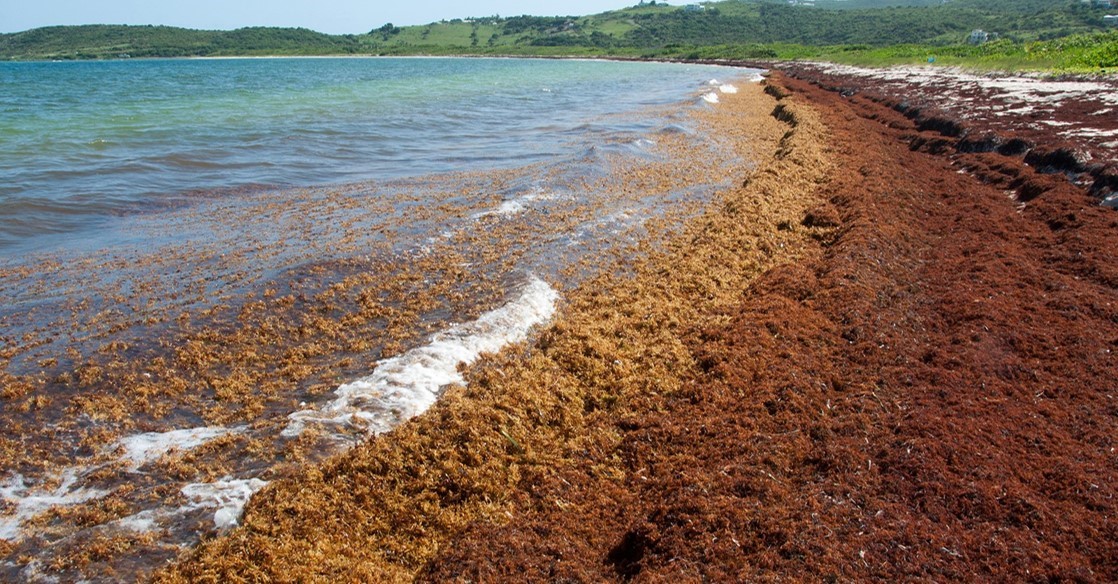Causes of Harmful Algal Blooms and Toxicity
Environmental drivers regulating harmful algal bloom (HAB) growth and toxicity span a wide range of physical, chemical, and biological factors. They include a variety of complex interactions within and across these categories. Moreover, climate change is altering the way and the extent to which many of these factors influence HAB growth and toxin dynamics in natural settings. NCCOS is striving to identify the mechanisms involved in mediating changes and shifts in HAB abundance, distribution, and toxicity in order to develop predictive capabilities required to manage and mitigate the impacts of HABs and their toxins on public health and quality of life as well as impacts to coastal economies.
Causes of Harmful Algal Blooms
Oceanic, coastal, and Great Lakes waters of the United States are increasingly impacted by HABs with blooms reported in every state. Certain types of microscopic or larger plant-like cyanobacterial or algal species can cause HABs. Algae and cyanobacteria are considered to be the basis of most freshwater and marine food webs. While many of these cyanobacterial and algal species are present in healthy ecosystems, environmental factors can cause them to multiply in mass quantity (considered a bloom) and/or move onshore causing impact to wildlife and humans.
Factors Affecting Harmful Algal Bloom Toxicity
Identifying and characterizing the factors regulating toxin production are key to developing predictive models and strategies needed by managers to mitigate the impacts of toxic HABs. This effort is complicated by the fact that bloom toxicity is highly variable due to intrinsic (e.g., genetic) as well as environmental factors (i.e., physical, chemical, biological) and their interactions. Changes related to climatic shifts may also affect toxin production.
Using the Latest Research and Technology
Our scientists are working with partners on cutting edge research and the latest technologies to help forecast, manage, and monitor harmful algal blooms and toxicity. Visit our additional HAB pages to discover how we are tackling this issue in each focus area.
Partnerships
HABs are one of the most scientifically complex issues facing our nation, and as such the problem requires scientists across a multitude of expertise. Therefore, to ensure the most accurate and reliable products are being developed, NCCOS scientists collaborate extensively with the HAB community, including other NOAA offices and federal agencies, state management agencies, academia, and the private sector, through professional connections and partnerships as well as through Harmful Algal Bloom and Hypoxia Research and Control Act (HABHRCA) Interagency Working Group. In addition, the NCCOS HAB Competitive Research Program helps develop technologies to understand the causes of HABs and toxicity.
 Official websites use .gov
A .gov website belongs to an official government organization in the United States.
Official websites use .gov
A .gov website belongs to an official government organization in the United States. Secure .gov websites use HTTPS
A lock or https:// means you’ve safely connected to the .gov website. Share sensitive information only on official, secure websites.
Secure .gov websites use HTTPS
A lock or https:// means you’ve safely connected to the .gov website. Share sensitive information only on official, secure websites.



